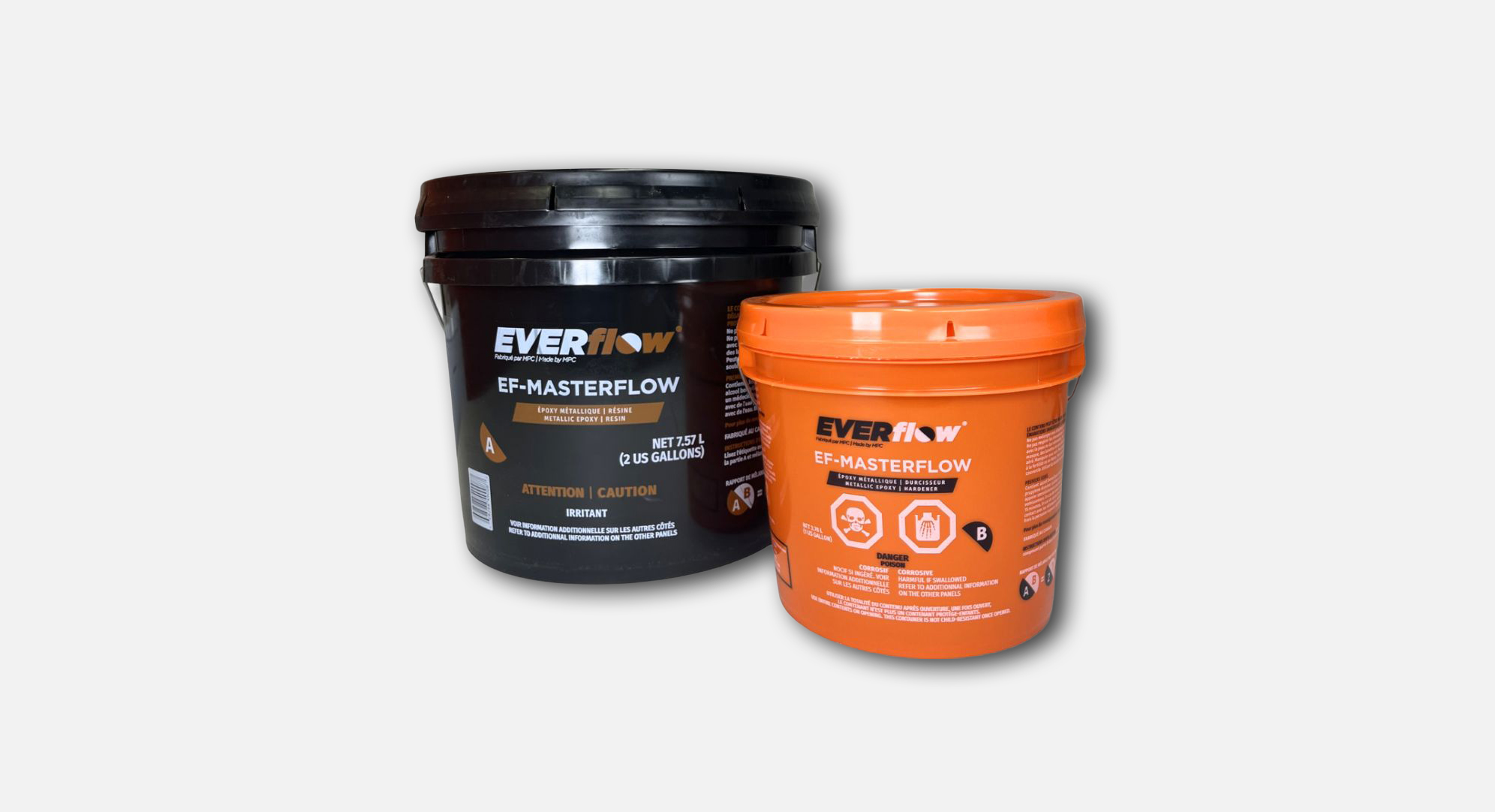

EPOXY COATINGS
Epoxy coating is a strong, chemical-resistant protective layer for floors and surfaces.

LINKS
EF-100
EF-100 is a two component, 100% solids, self-leveling and high-build epoxy floor coating. Our product provides adhesion, abrasion, impact and chemical resistance to any floor and is VOC compliant. It is offered in clear, white, beige, black, light grey and medium grey.

LINKS
EF-100 NOVOLAC

LINKS
EF-150
EF-150 is a two component, fast curing, 100% solids, self-leveling and high-build epoxy floor coating. This product was specifically formulated to provide excellent adhesion, abrasion, impact and chemical resistance. This product is offered in clear, white, beige, black, light grey and medium grey.

LINKS
EF-155
EF-155 is a two component, super fast curing, 100% solids, self-leveling and high-build epoxy floor coating. It was formulated to provide excellent adhesion, abrasion, impact and chemical resistance. It is offered in clear, white, beige, black, light grey and medium grey.

LINKS
EF-MASTERFLOW
EF-MASTERFLOW is a 2-component, 100% solids, self-leveling and high-build epoxy floor coating designed to be used for metallic/decorative flooring systems. This coating is specifically formulated with state-of-the-art defoaming agents and surface additives to help increase air release, leveling and pigment wetting.
Why choose an epoxy coating?
Epoxy coatings are tough protective paints that consist of two parts. They are ideal for protecting floors and walls in factories and businesses as they are resistant to chemicals and damage.
Epoxy coatings provide smooth, tough, seamless floors that are aesthetically pleasing with a wide variety of colors, styles, and texture possibilities available. An epoxy coating consists of two components: the resin part and the hardener.
The resin component is typically a reactive polymer that contains an epoxy group. This epoxide group crosslinks with a compound containing an active hydrogen (i.e. amines, acids, phenols). The final cured product is a thermoplastic film that exhibits good adhesion to concrete, chemical resistance, durability and wear resistance.





